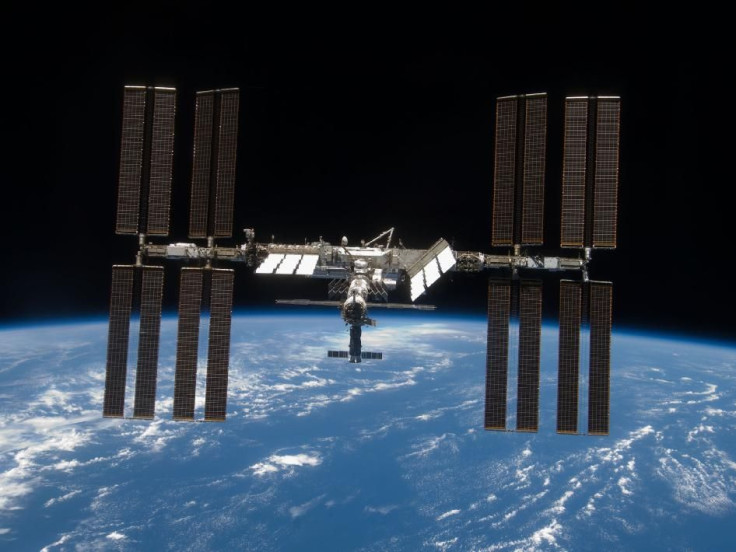First Space Garbage Collector Satellite To Be Launched By ESA In 2025

The European Space Agency (ESA) has awarded the first contract to clean up the massive mass of orbiting space junk or space debris -- but the plan is still raising eyebrows.
The pioneer garbage collection mission is called ClearSpace-1 and is scheduled for launch in 2025. The $133 million (€120 million) spacecraft aims to remove a single piece of junk weighing 100 kg that was part of a Vespa (Vega Secondary Payload Adapter) upper stage. This conical piece has been in orbit 800 km above Earth since 2013.
The garbage collector spacecraft, which ESA calls a "chaser," will grab Vespa with its four robotic arms and drag it down to Earth's atmosphere where both will burn up to destruction. The ClearSpace-1 'chaser' will first be deployed to a lower 500 km orbit for commissioning and critical tests. It will then be raised to the target orbit for rendezvous and capture.
A mission costing $133 million is an expensive way to destroy a single piece of space junk. And the mission will add to the number of space junk in orbit, as well. ESA remains undeterred, saying the project will pave the way for the new methods of space-debris cleanup desperatley needed to remove the more than 128 million bits of debris smaller than 1 cm (0.4 in), 900,000 pieces of debris that are 1 to 10 cm in size and 34,000 of pieces larger than 10 cm estimated to be in orbit around the Earth.
ESA estimates a collision with a 10 cm object will cause "catastrophic fragmentation" of a satellite. A collision with a 1 cm object will most likely disable a spacecraft and penetrate the shields of the International Space Station (ISS).
"The space debris issue is more pressing than ever before," said Luc Piguet, founder and CEO of ClearSpace, the Swiss startup partnering with ESA on the mission. "Today, we have nearly 2,000 live satellites in space and more than 3,000 failed ones. And in the coming years, the number of satellites will increase by an order of magnitude, with multiple mega-constellations made up of hundreds or even thousands of satellites planned for low Earth orbit."
ESA's role as the lead in the space garbage collection business was decided upon during Space19+, ESA's Ministerial Council, in Seville, Spain at the end of November. At this conference, EU ministers agreed to place a service contract with a commercial provider for the safe removal of an inactive ESA-owned object from low-Earth orbit (LEO).
The aim of this EU initiative is to contribute actively to cleaning up space while demonstrating the technologies needed for debris removal.
"Imagine how dangerous sailing the high seas would be if all the ships ever lost in history were still drifting on top of the water," ESA Director General Jan Worner said. "That is the current situation in orbit, and it cannot be allowed to continue. ESA's Member States have given their strong support to this new mission, which also points the way forward to essential new commercial services in the future."
"Even if all space launches were halted tomorrow, projections show that the overall orbital debris population will continue to grow, as collisions between items generate fresh debris in a cascade effect," Luisa Innocenti, who is heading ESA's Clean Space initiative, said. "We need to develop technologies to avoid creating new debris and removing the debris already up there.
NASA and ESA studies show that the only way to stabilize the orbital environment is to actively remove large debris items. ESA will continue its development of essential guidance, navigation and control technologies and rendezvous and capture methods through a new project called Active Debris Removal/ In-Orbit Servicing , or ADRIOS. The results will be applied to ClearSpace-1.
Published by Medicaldaily.com



























